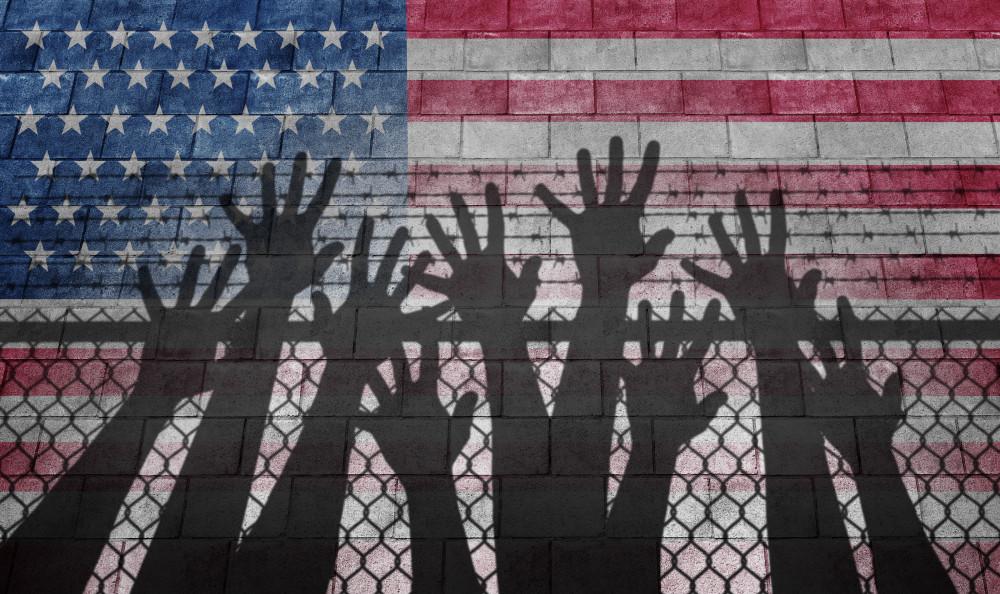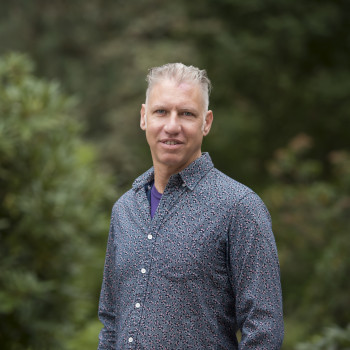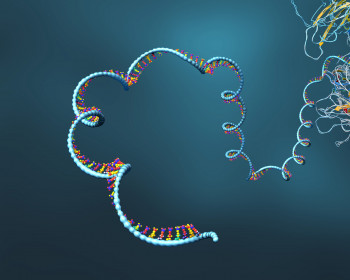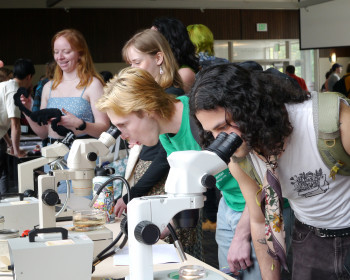History in Action at the Southern Border
Lewis & Clark history students are putting their research skills to work for asylum seekers at the U.S.-Mexico border.

by Mackenzie Kier BA ’26
Immigration stands out as one of the most contentious issues in American politics today. In particular, conditions at the southern border fuel significant frustration across the political spectrum, yet viable solutions remain elusive. With a surge in asylum seekers arriving at the border in unprecedented numbers, the significance of acquiring reliable reports on country conditions escalates. This thorough reporting plays a vital role in assessing the validity of immigrants’ claims for asylum protection in the United States.

Credit: Nina Johnson Elliott Young, professor of history, is giving L&C students an opportunity to directly engage with this issue through the 300-level course Public History Lab. Topics for this course vary based on the professor who is teaching it during any given semester and their areas of expertise. Young’s course focuses on writing research reports on country conditions in Guatemala, El Salvador, Honduras, Mexico, Venezuela, and Cuba. Young is an expert in this topic; over the last decade, he has written more than 600 country conditions expert witness declarations for asylum cases.
“The idea of the lab is to do research that will help immigration courts understand the country conditions in the top six countries from which asylum seekers come,” says Young.
A student in Public History Lab shared this poem for the final class ritual:
I cried at the dinner table today.
Deep in focus, teardrops hit the keyboard.
Carol saw and asked “what’s wrong,” before
I even knew they had fallen.
I cried in the library last week,
and in the trail room yesterday.
Tears arise in an instant,
incited by words on a screen.
I cry for stories I can only read,
and imagine the people behind them.
—Hailey McHorse BA ’25
The origins of Young’s Public History Lab can be traced to a course he created a few years ago titled Immigration and Asylum Law. In this course, students actively engaged with live asylum cases and helped research and draft expert witness declarations. Around the same time, he and colleague Ana Minian, associate professor of history at Stanford University, started the Migration and Asylum Lab.
According to its website, the mission of the Migration and Asylum Lab is “to inform immigration courts about country conditions in Latin America through the use of the most up-to-date and rigorous research on issues relevant to asylum cases.” The individuals involved in the lab—historians, political scientists, data analysts, and international relations scholars—are uniquely qualified “to provide current and dependable information on country conditions in the context of asylum proceedings.”
Now, through Young’s course, L&C students are contributing to the Stanford lab’s efforts. Young says his students are producing “deeply researched reports” on the discrimination and violence faced by LGBTQ+ and disabled communities from the six countries identified above. Students are also studying the legacy of harm that extends through immigrant families. Ultimately, his students’ reports will be published on the Migration and Asylum Lab website.
“The goal of focusing on specific themes is to do original research that can be used by lawyers, expert witnesses, or asylum seekers themselves in their hearings before an immigration judge,” says Young. “My students are learning how to do original research on a topic that can make a real difference in people’s lives. They are also figuring out how to write in a convincing and empirically based manner for a general audience.”
More Newsroom Stories
Public Relations is located in McAfee on the Undergraduate Campus.
MSC: 19
email public@lclark.edu
voice 503-768-7970
Public Relations
Lewis & Clark
615 S. Palatine Hill Road MSC 19
Portland OR 97219

